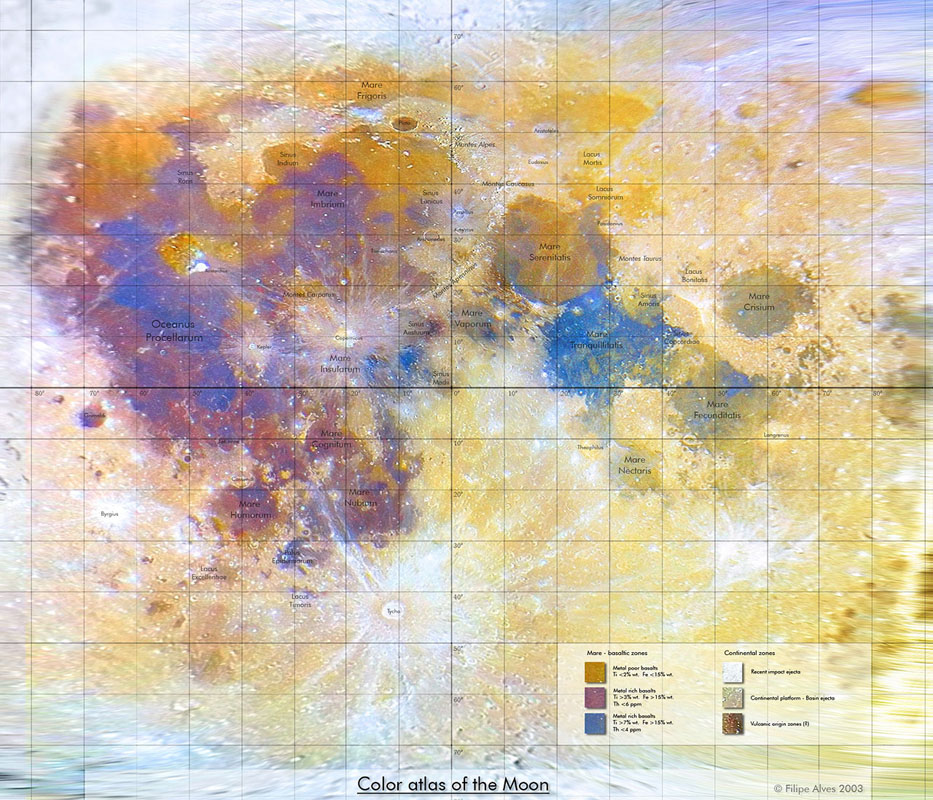Difference between revisions of "June 9, 2004"
| Line 9: | Line 9: | ||
<td> | <td> | ||
<div align="center"> | <div align="center"> | ||
| − | [../../../LPOD-2004-06-09b.htm [[File:LPOD-2004-06-09b.jpeg|LPOD-2004-06-09b.jpeg]]] | + | ["../../../LPOD-2004-06-09b.htm" [[File:LPOD-2004-06-09b.jpeg|LPOD-2004-06-09b.jpeg]]] |
</div></td> | </div></td> | ||
</tr> | </tr> | ||
| Line 17: | Line 17: | ||
<td><p class="Story" align="center"><span class="class"><b>Color Moon Map</b></span></p> | <td><p class="Story" align="center"><span class="class"><b>Color Moon Map</b></span></p> | ||
<p class="story" align="left"> | <p class="story" align="left"> | ||
| − | The Jan 28 [../../../LPOD-2004-01-28.htm LPOD] astonished many observers with its detailed color rendition | + | The Jan 28 ["../../../LPOD-2004-01-28.htm" LPOD] astonished many observers with its detailed color rendition |
of the Full Moon. Now that imager, Filipe Alves, has used advanced computer manipulation to create a Mercator-like | of the Full Moon. Now that imager, Filipe Alves, has used advanced computer manipulation to create a Mercator-like | ||
projection color image of the Moon - the first I know of. This is a level of sophistication that is new to | projection color image of the Moon - the first I know of. This is a level of sophistication that is new to | ||
Revision as of 21:03, 4 January 2015
Color Map
Color Moon Map The Jan 28 ["../../../LPOD-2004-01-28.htm" LPOD] astonished many observers with its detailed color rendition of the Full Moon. Now that imager, Filipe Alves, has used advanced computer manipulation to create a Mercator-like projection color image of the Moon - the first I know of. This is a level of sophistication that is new to amateur Moon mapping. Here is what the color key at the bottom right says. Left column: Mare- basaltic zones: top gold button = metal poor basalts Ti <2% wt, Fe <15%. Second purple button = metal rich basalts Ti >3%, Fe >15%, Th <6 ppm. Third blue button = metal rich basalts Ti >7%, Fe >15%, Th <4 ppm. The right hand column is labeled Continental zones: top white button = recent impact ejecta, 2nd gray button: continental platform - basin ejecta. Bottom brown button = volcanic origin zones (?). Knowing the difficulty that professional astronomers have in calibrating their images to derive elemental abundances I assume that Filipe has simply calibrated his image against published images such as the map made from the Galileo flyby. Click the image above for a larger view of Filipe's wonderful map. Originally posted March 7, 2004 Related Links: Tomorrow's LPOD: Plato |
Author & Editor:
Charles A. Wood
Technical Consultant:
Anthony Ayiomamitis
A service of:
ObservingTheSky.Org
Visit these other PODs:
Astronomy | Mars | Earth
COMMENTS?
Click on this icon File:PostIcon.jpg at the upper right to post a comment.




